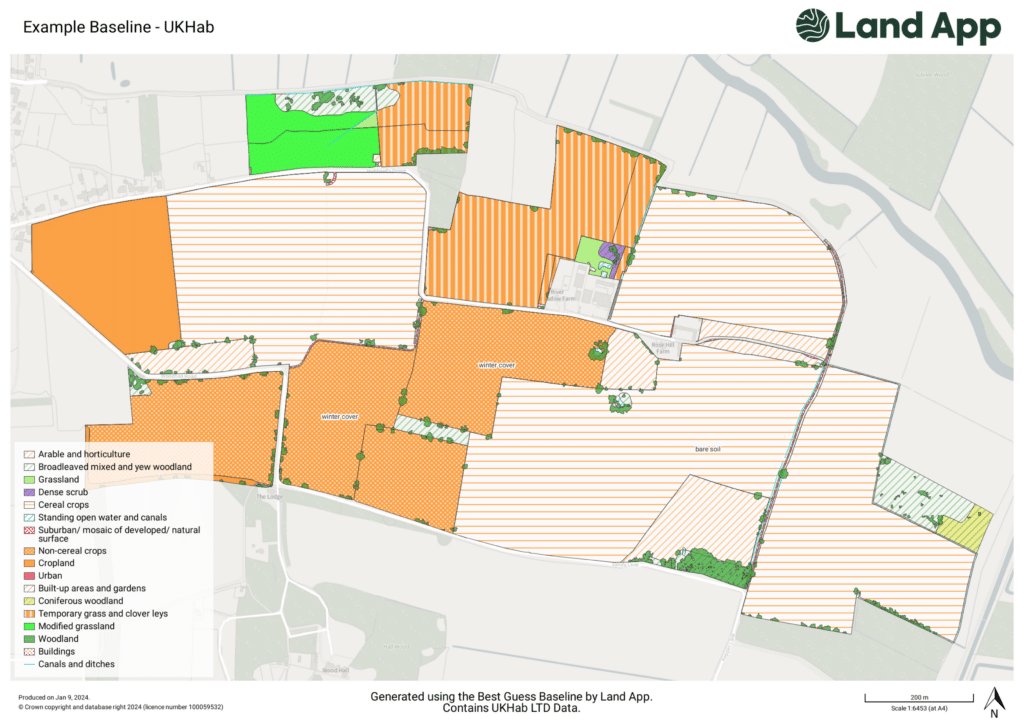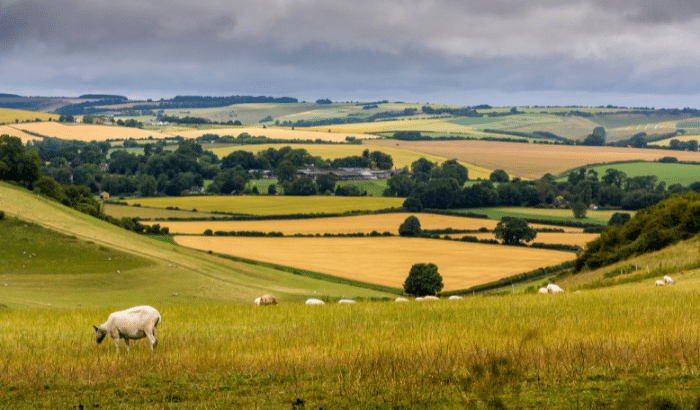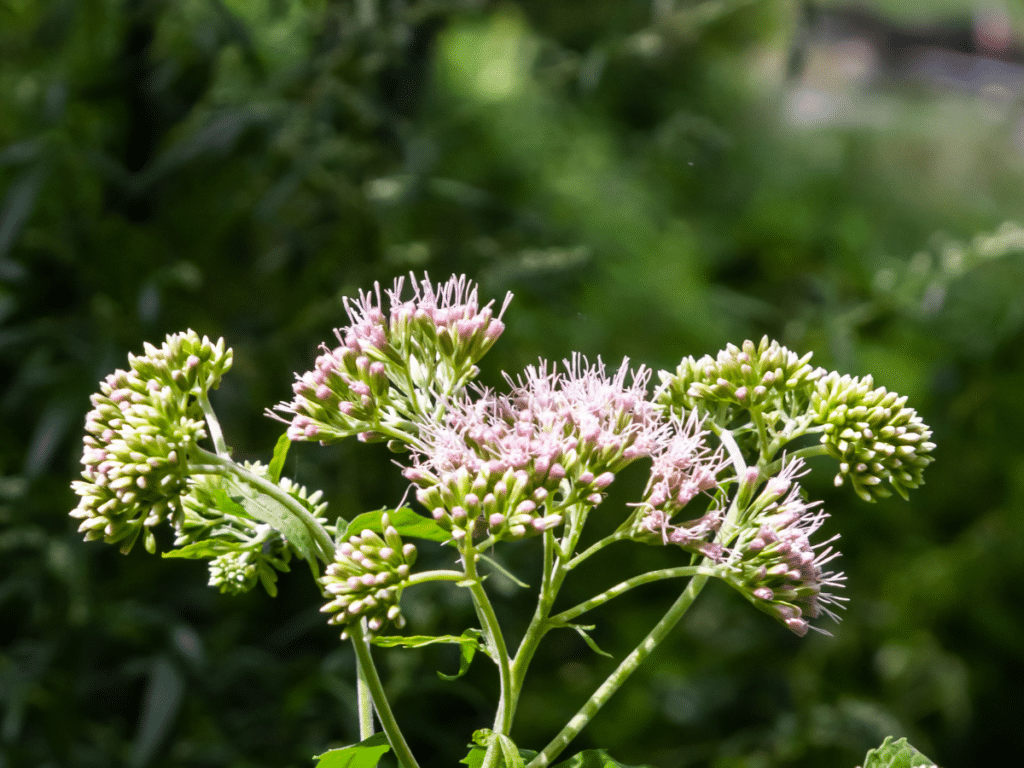While BNG has the potential to be an exciting opportunity, it can still be confusing to know where to start. This blog sets out some key considerations and steps for preparing for Biodiversity Net Gain…
1. Land Ownership and Permission to sell units
When preparing for any Biodiversity Net Gain project, it’s important to consider any constraints on the land area, including ownership. You must be the land owner or manage it on the owner’s behalf/with their consent to begin a BNG project. Making use of Land App’s multiple data layers and land use information features can provide you with the relevant information you need for this stage.
2. A Baseline Habitat Assessment
Understanding the habitats present and the conditions they are in is an essential starting point in your preparations for Biodiversity Net Gain
BNG calculations require a “baseline” of the biodiversity units already present before calculating the uplift created by your project. A trained ecologist is essential to this stage, and collaborating with them using Land App’s state-of-the-art digital mapping for habitat assessments is a great way to get started.
Land App now offers our UK Habitat Best Guess Baseline, which provides a rapid assessment of any area of Great Britain and produces a clean data layer of all habitats found there.

The UK Habitat Best Guess Baseline interrogates data layers from the Ordnance Survey, Natural England, the Forestry Commission, and Earth Observation to produce a best guess of what is currently there. This layer significantly speeds up the assessment process and allows surveys to focus on the habitat condition without worrying about the extent/location. Think of it as a very good first draft, that you only have to edit instead of starting from a blank map. Learn more about how digital mapping can speed up habitat assessments here, and see our UK Habitat Best Guess baseline in action and its use in BNG, here.
We offer a 30% discount on UK Habitat Best Guess Baseline for Land App users on Professional subscriptions. Find out more here.
3. A Land Management Plan
Planning which habitats you want to create and enhance is critical. Understanding the amount of units created (and therefore how much income you could generate from their sale) will enable you to assess the viability of Biodiversity Net Gain for your land. Placing your land in context with the wider landscape is important, ensuring the habitats are connected and complimentary where possible, as outlined by the aims of Local Nature Recovery Strategies (LNRs).
Once you have your land management plan, both this and the baseline can be entered into the Land App Metric 4.0 Calculator (as part of our professional dashboard) to create an idea of the biodiversity units created by the project.

4. Legally securing the land
The next step is a legal agreement for the land, which commits you to not only creating these habitats but managing them for a minimum of 30 years. This can take the form of either a planning obligation (also known as a section 106 agreement) with the local planning authority, or a conservation covenant (with a Responsible Body). For more information on legal agreements, check out the government help page here.
5. Selling your Biodiversity Units
Finding a buyer for your credits is the next step in funding your BNG projects. Importantly, off-site BNG is a private market, meaning that there is no guarantee that you will find a buyer. Organisations such as land agents, wildlife trusts, consultants, and local planning authorities may help to direct you to an interested buyer or development. Once a buyer is found, you will need to agree on the unit price and the payment structure to confirm the project.
6. Register on the Biodiversity Net Gain Site Register
The government has stipulated that all projects must be registered on the Biodiversity Net Gain Site Register, which is set to be monitored and run by Natural England. More information about this is expected soon. To register your land for Biodiversity Net Gain, you need:
- The boundary of the land
- Consent from the landowner (if you are not the landowner)
- Proof of ownership of the land
- A completed Biodiversity Metric 4.0 for the land
- A habitat management and monitoring plan
- A legal agreement securing the habitat enhancements for 30 years
To learn more visit the government website here.
7. Record the allocation of off-site units to a development
The government has stated that land managers (or the relevant developer) must record the allocation of off-site biodiversity to a development. More information is expected on this as BNG becomes mandatory.
Start your preparations for Biodiversity Net Gain!
Mapping, analysing, and understanding your land will be essential for anyone looking to consider or get involved with BNG on their land. We have designed a suite of digital tools to make this process as easy as possible whether you’re a land manager, consultant, ecologist, or more.
Watch our webinar to see how our tools can help speed up some of the steps needed to prepare for Biodiversity Net Gain.

